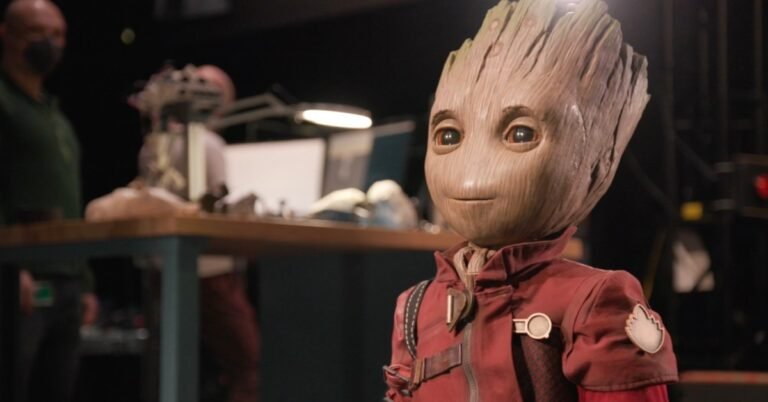It’s hard to disagree with Nvidia CEO Jensen Huang when he notes, “Creating foundational models for general humanoid robots is one of the most exciting problems to be solved in artificial intelligence today.” The humanoid form factor is one of the most hotly contested topics in the robotics world right now, garnering venture capital by the shipload while generating massive skepticism along the way.
Of course, Nvidia wants a piece. The chip giant has become arguably the most important hardware company in artificial intelligence, and more recently has made a compelling case as a driver for robotics innovation through initiatives like Isaac and Jetson. This week at the annual GTC developer conference, the company is planting its flag in the humanoid race with Project GR00T, which may or may not be a nod to Marvel’s space talking tree.
The chipmaker refers to the new platform as “a general-purpose foundation model for humanoid robots.” Essentially, the company is building an AI platform for the recent crop of entries in the category, including companies such as 1X Technologies, Agility Robotics, Apptronik, Boston Dynamics, Figure AI, Fourier Intelligence, Sanctuary AI, Unitree Robotics and XPENG Robotics. This covers almost every prominent humanoid robot manufacturer right now, with a few notable exceptions like Tesla.
Agility gets extra facetime in the announcement, thanks to a quote from co-founder and Chief Robotics Officer Jonathan Hurst: “We’re at an inflection point in history, with human-centric robots like Digit poised to change work forever. Modern artificial intelligence will accelerate development, paving the way for robots like Digit to assist humans in all aspects of daily life. We are excited to partner with NVIDIA to invest in the computing, simulation tools, machine learning environments and other necessary infrastructure to enable the dream of robots to be a part of everyday life.”
Sanctuary AI co-founder and CEO Geordie Rose also comments: “Embedded AI will not only help tackle some of humanity’s greatest challenges, but create innovations that are currently beyond possibility or imagination us. Such important technology should not be built in silos, which is why we prioritize long-term partners like NVIDIA.”
The GR00T will also support new hardware from Nvidia. Keeping things moving in the Marvel Cinematic Universe is Jetson Thor, a new computer designed specifically to run simulation workflows, generative AI models and more for the humanoid form factor. I keep warning people not to throw around terms like “general purpose” when describing these machines, but Nvidia’s keen interest is a validation of a category that will almost certainly accelerate growth.
Nvidia notes on the new silicon:
The SoC includes a next-generation GPU based on the NVIDIA Blackwell architecture with a transformer engine that provides 800 teraflops of 8-bit floating-point AI performance to run multimodal AI models such as GR00T. With an integrated security functional processor, a high-performance CPU cluster and 100 GB of ethernet bandwidth, it greatly simplifies design and integration efforts.
While the overall goal is still years away, democratizing access for third-party developers will go a long way toward bridging that gap.
This week’s GTC robotics announcements included two more key programs: the Isaac Manipulator and the Isaac Perceptor. Manipulation has been a fundamental aspect of robotics for decades. Leading the way were the giant industrial robotic arms that have become a fixture of the automotive industry. The next generation will be even more dexterous and much more mobile. Of course, Nvidia wants a piece of the action.
“Isaac Manipulator offers state-of-the-art skills and modular AI capabilities for robotic arms, with a robust collection of base models and GPU-accelerated libraries,” the company writes. “It provides up to 80x speedup in path planning and zero-shot perception increases efficiency and performance, allowing developers to automate a greater number of new robotic tasks.”
Nvidia already has some big names, including Franka Robotics, PickNik Robotics, READY Robotics, Solomon, Universal Robots and Yaskawa.
AMR (autonomous wearable robotics also loves, in the form of Perceptor. The program maintains Nvidia’s long-standing focus on vision processing for robotics. This specifically targets “multi-camera, 3D surround-vision capabilities.” ArcBest, BYD and O KION Group has already registered.
The next few years will feature an exciting race for market share between humanoid and mobile operators, and Nvidia wants a piece of all that action.
